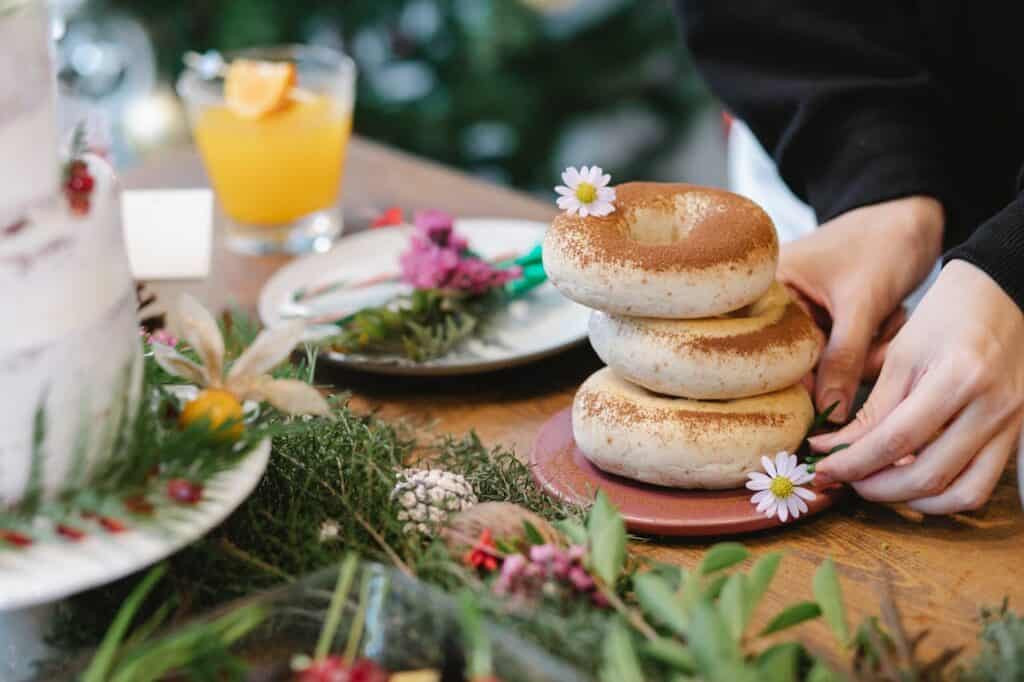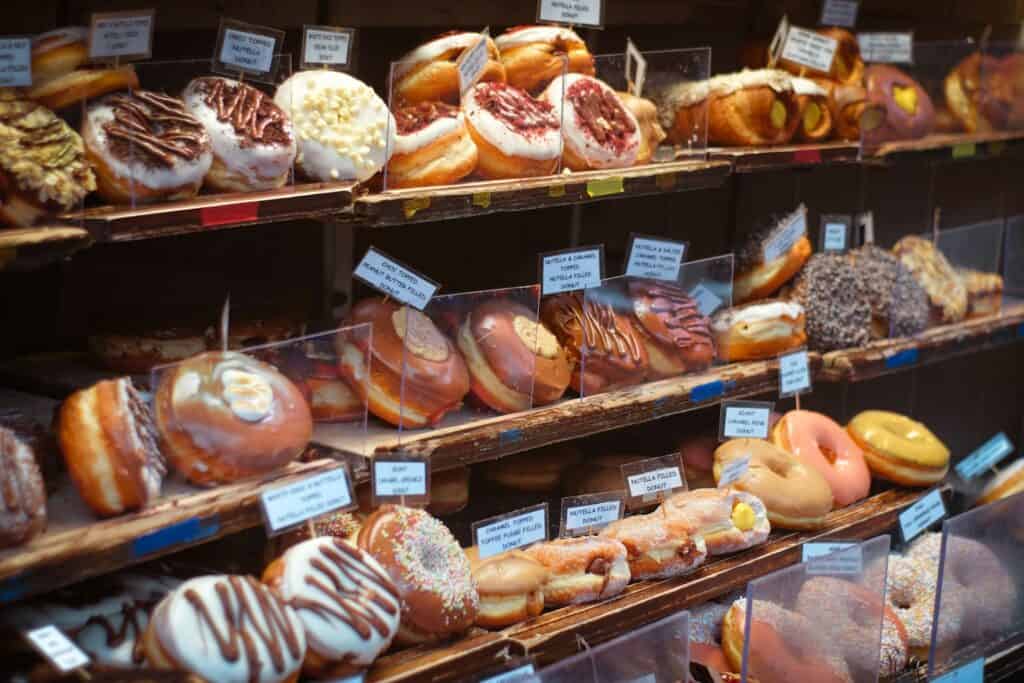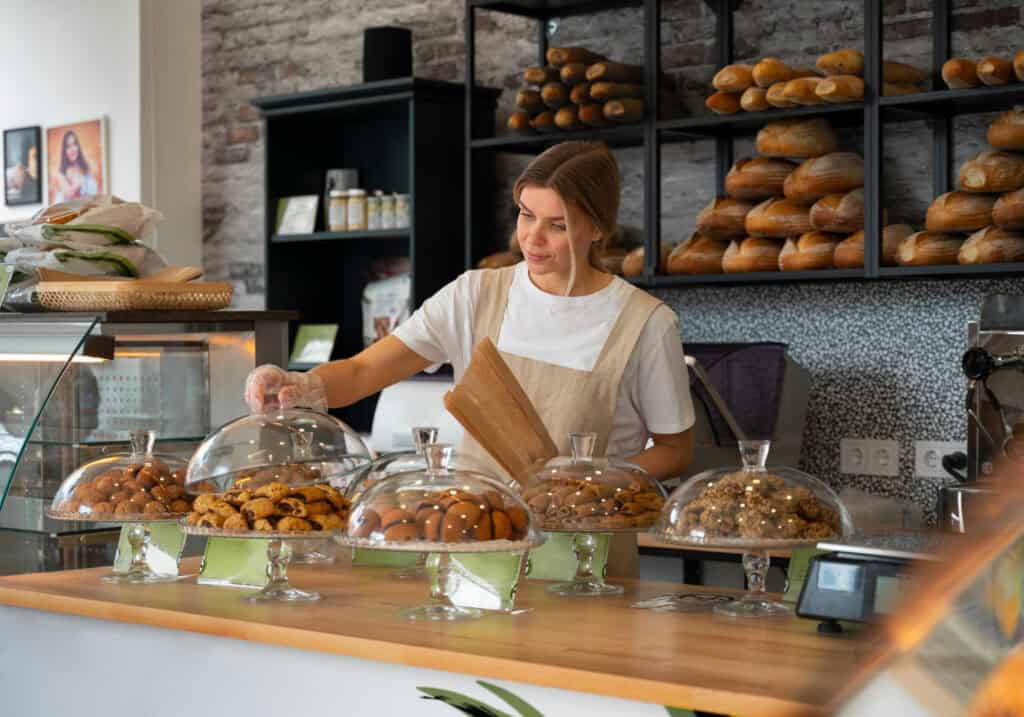We may earn money or products from the companies mentioned in this post. This means if you click on the link and purchase the item, I will receive a small commission at no extra cost to you ... you're just helping re-supply our family's travel fund.

Saturday used to mean one stop at the hometown bakery. Now whole weekends orbit a map, a passport, and a dozen warm rings dusted in sugar. Families chase leaf color down backroads, compare apple cider donuts to maple crullers, and argue the difference between cake and raised like it actually matters. It does, at least for a day.
This tradition did not appear by luck. Counties stitched together routes, orchards synced fryers with apple season, and visitor centers turned tasting into a quest. The result is a simple ritual with real pull. Food, foliage, and small towns working in rhythm. Here is where it started, why it stuck, and how to plan a loop that feels like fall from the first bite.
Where the idea took off

Regional food trails predate donuts, but the format suits them perfectly. Shops sit close together, the product travels well, and each stop takes ten minutes rather than an hour. That makes a dozen visits feel playful, not punishing. It is the ideal low-planning weekend.
Butler County, Ohio, set the standard with a clean map, official passport, and a small prize that turns completion into a story. The trail kept each shop independent while tying them together with one narrative. That balance matters. It keeps the experience honest and the business local.
The response was immediate. Friends traded routes, parents shared kid-friendly tactics, and bakeries saw steady lines through late October. Momentum came from the loop itself.
Passports that turn tasting into a quest
A passport does three jobs at once. It lays out a route, nudges one more stop, and creates a small ceremony at each counter. Stamps slow you down just enough to meet a baker and hear what is hot right now.
Short visits keep energy high. Two donuts, one coffee, and back on the road. You taste more and crash less.
The reward can be modest. A shirt or pin becomes proof you finished and a reason to return with new friends next year.
For organizers, passports also smooth crowds. They spread traffic past the viral shop and help late arrivals find open doors without frustration.
How cider season made New England a co-star
Apple harvest hands donut trails a built-in calendar. Presses run, fryers sing, and cinnamon sugar hangs in cool air. That sensory mix sells itself before anyone opens social media.
Vermont and New Hampshire leaned in with maps that link orchards, farm stands, and village greens. Leaf-peeping meets snack break. Suddenly the drive has anchor points that taste as good as they photograph.
Why fall weekends made this go viral

Timing is everything. Autumn already pulls people onto country roads, so a trail layers onto a habit that exists. No reservations, no fixed start time, no stress. It is easy to say yes.
Cost helps. A box splits five ways, so families can sample without feeling wasteful. Add a hayride or a short hike and the day feels full without a big bill.
It also looks great. Steam rising from a paper bag, scarlet maples in the frame, and a bite that crunches. Photos do the marketing for free.
Finally, trails send visitors downtown after the orchard. Coffee here, a dozen there, and a walk through shops that used to miss out once pumpkins were loaded.
What this means for local business

Every stamp is a reason to stop. That means more drip coffee sold, more seasonal specials tested, and more chatter that turns into repeat visits in winter. Trails give small teams reach they could never buy on their own.
They also extend the season. A formal loop keeps traffic coming after the first cold snap when casual footfall usually fades. That second wind matters to margins.
How to plan a trail weekend that works
Pick a hub with five to eight shops within a half hour. Print or save the passport and check hours. Many fryers sell out by noon on peak Saturdays. Start early, aim for three to five stops per day, and end near a small town with a playground or park so kids can reset.
Bring a pocketknife to split tastings, a cooler for take-home boxes, and wet wipes for sugar-coated fingers. Rotate drivers, pace caffeine, and drink water. You will last longer and like the final shop more.
Tasting tactics that keep it fun
Alternate styles to avoid palate fatigue. Pair a plain cake or cider ring between heavy frosted options so your tongue can judge honestly. You will rank more clearly when you are not sugared out.
Ask for fry times. A fresh ring jumps two spots in any lineup. Staff will happily tell you when the next batch hits the oil.
Carry a plan B. If a spot sells out, pivot to a nearby orchard, farm stand, or cider mill. Good trails embrace detours. They become part of the story you tell later.
Where to try a ready-made loop
Ohio is the easiest starting point. Butler County’s route, passport, and finish line at the visitor center make it simple for first-timers. You can do it in a day or stretch it across a calm weekend.
If you want color with your crumbs, build a loop in Vermont or New Hampshire using orchard maps and cider donut guides. Add scenic overlooks and a short woodland walk between stops. Balance sweet with fresh air and the day takes care of itself.